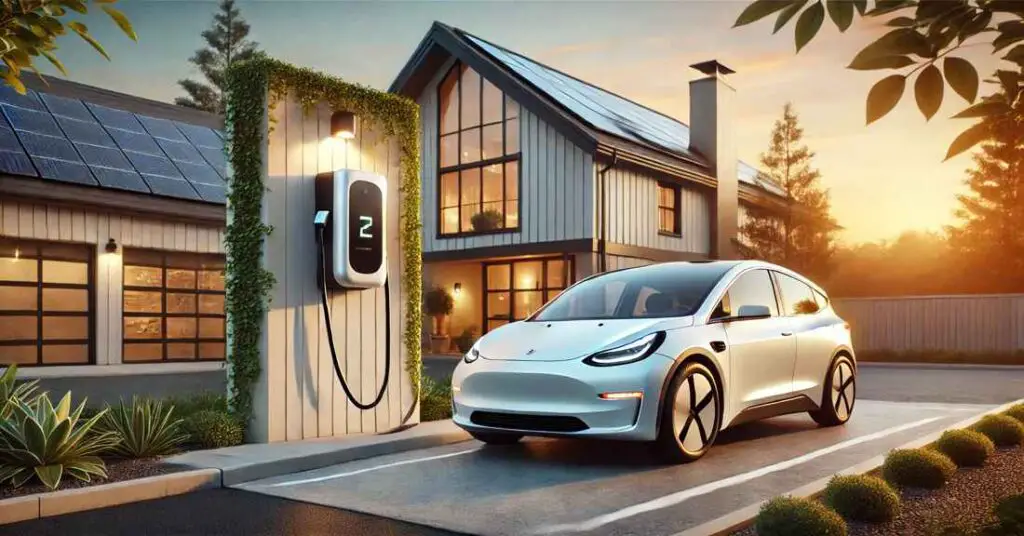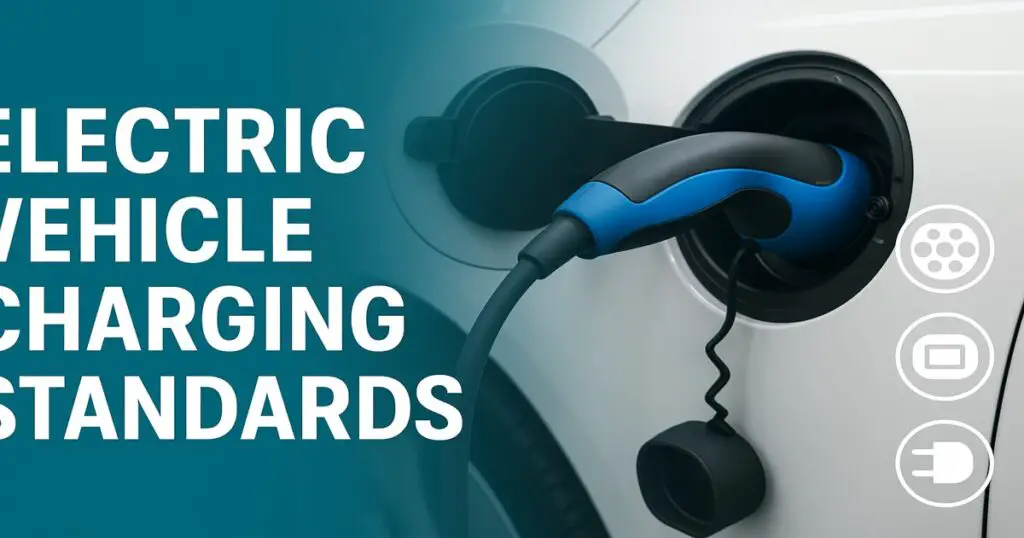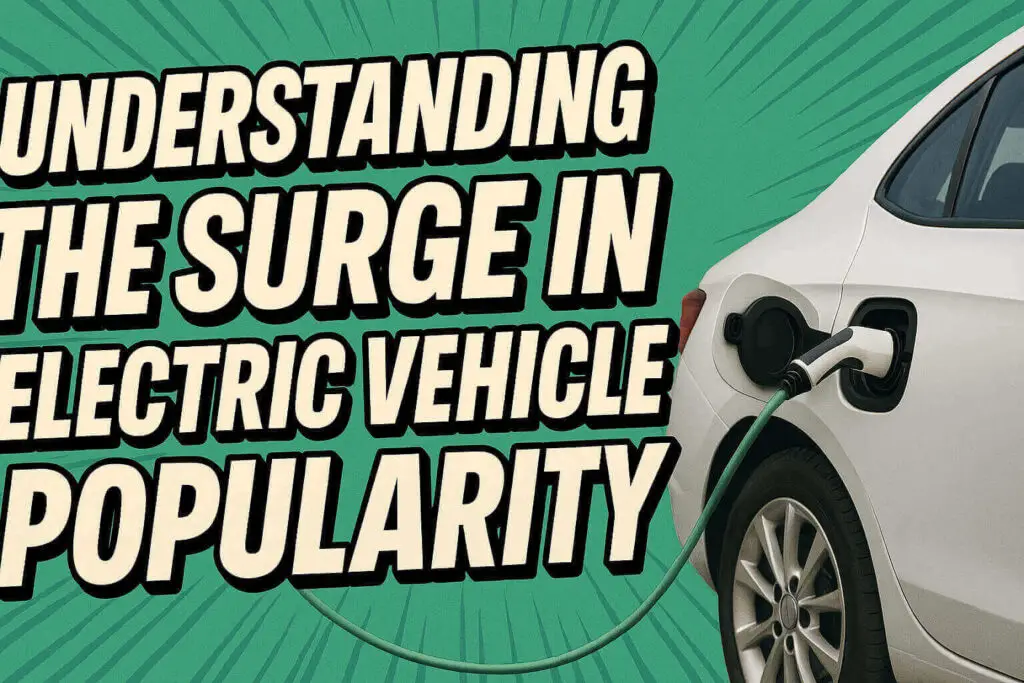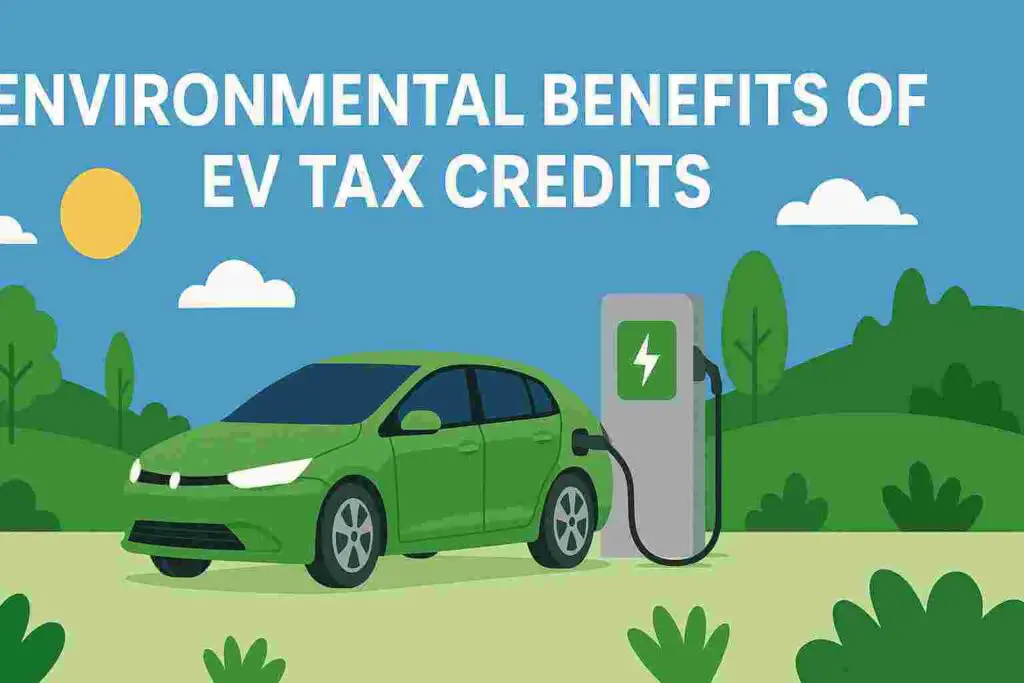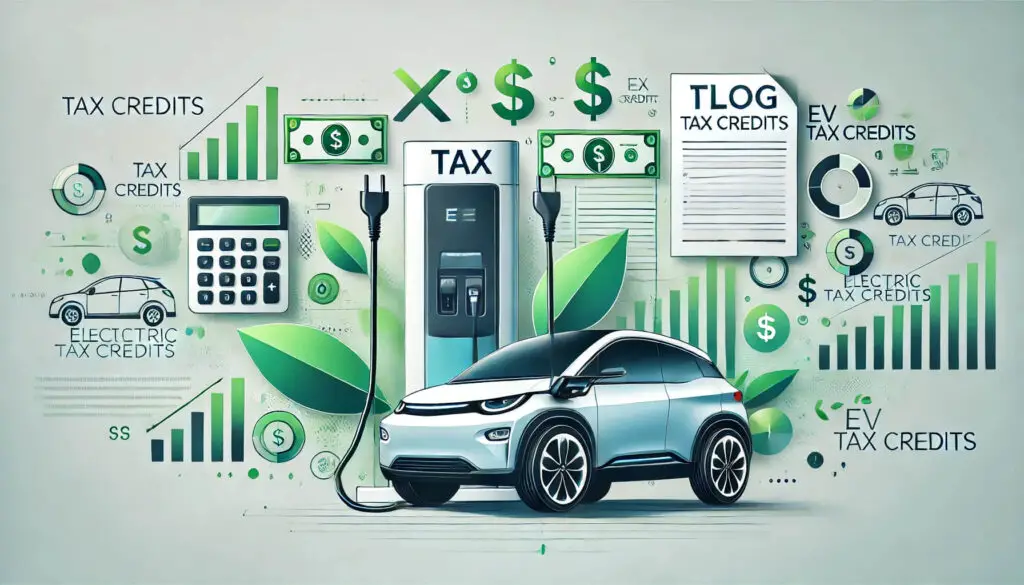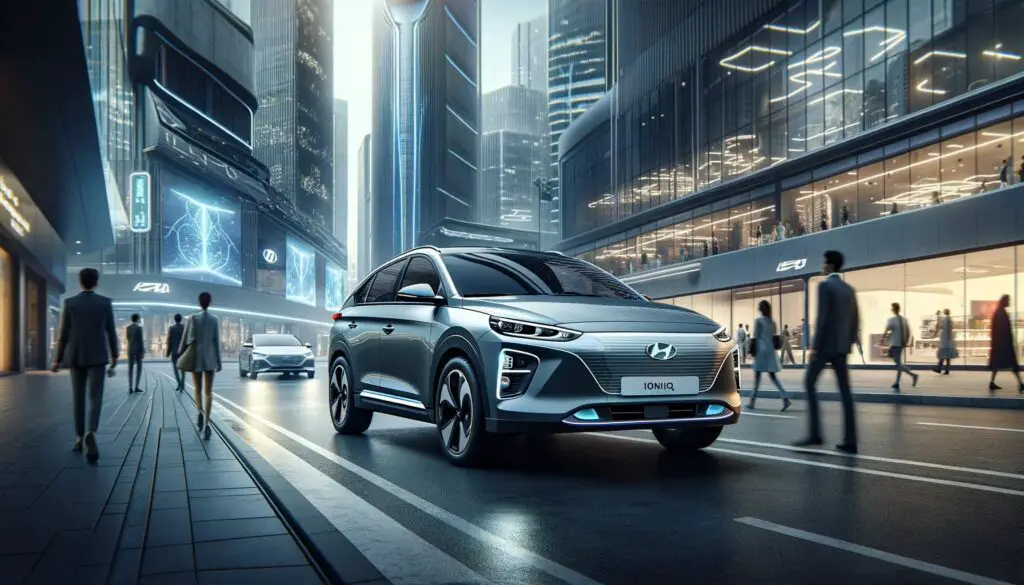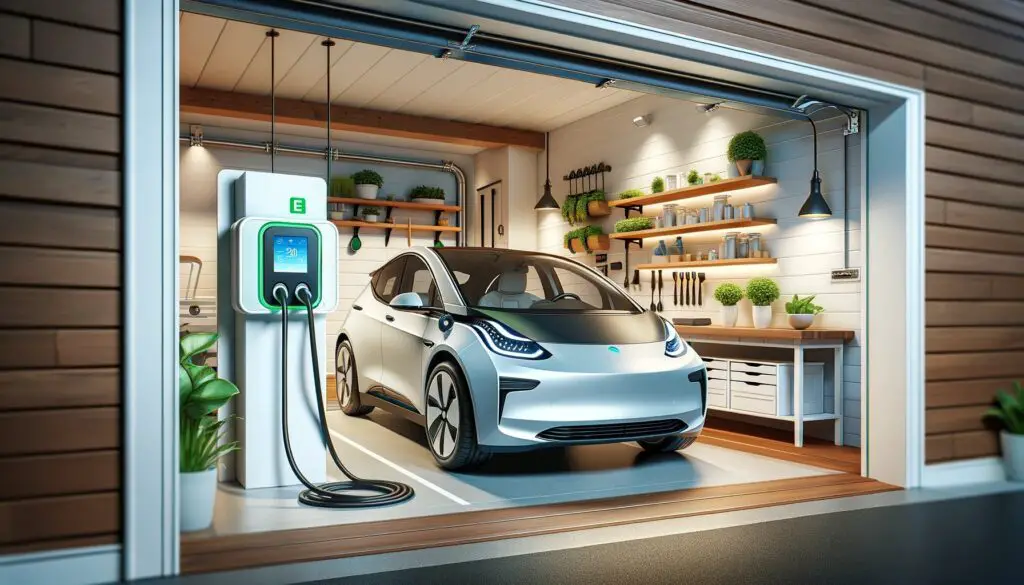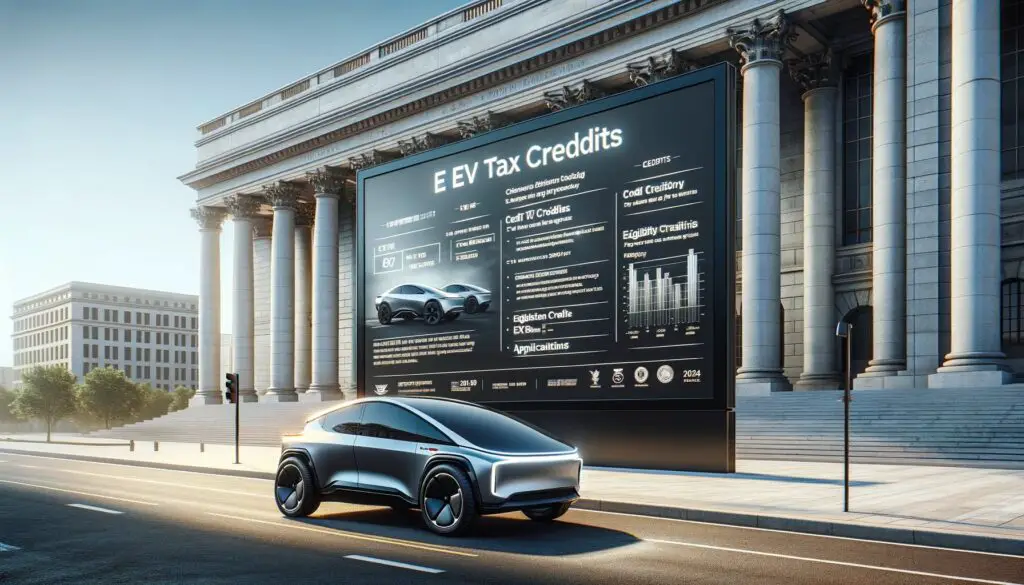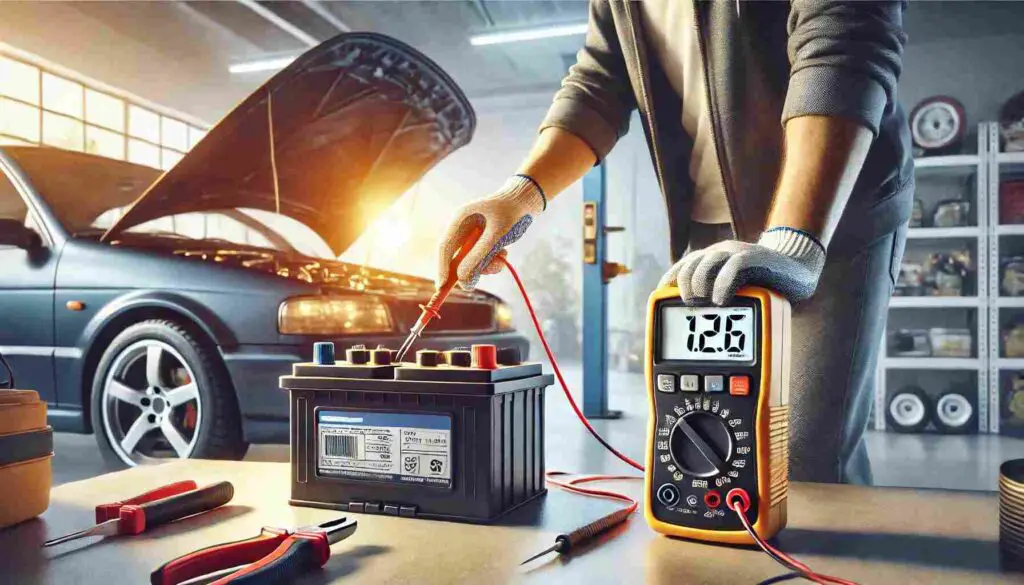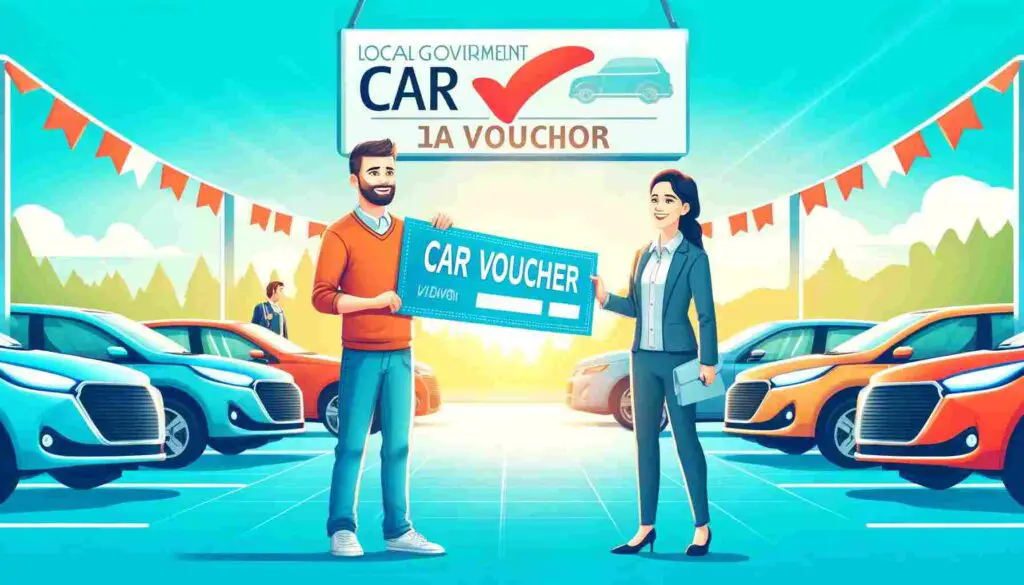1. Introduction
What Is a Home EV Charging Station?
A home EV charging station is a dedicated setup that allows electric vehicle owners to conveniently and safely recharge their vehicles from the comfort of their own garage or driveway. Unlike standard household outlets, these stations offer faster, smarter, and more energy-efficient charging.
Why This Topic Matters
As the global shift toward electrified transportation accelerates, access to reliable, efficient charging infrastructure becomes vital. Home charging stations are the cornerstone of EV convenience and play a key role in wider EV adoption.
Scope of This Article
We explore the in-depth benefits, technology, installation, costs, and future-proofing strategies of home EV charging stations to equip homeowners with comprehensive, actionable knowledge.
2. The Rise of Electric Vehicles
Global Transition to Electric Mobility
Governments worldwide are phasing out internal combustion engine vehicles, driving a rapid shift to electric mobility. This transition is supported by international climate goals, consumer demand, and technological advances.
EV Market Growth and Future Projections
The EV market is expected to reach over 230 million vehicles on the road by 2030. The availability of home charging stations is a decisive factor influencing this exponential growth.
Infrastructure’s Role in Adoption
Without widespread and accessible charging, EV adoption stagnates. Home-based solutions reduce dependency on public infrastructure and enhance confidence in making the switch.
3. Understanding Home Charging Stations
What Makes Up a Home Charging Station?
-
Charging Cable: Delivers electricity to the EV.
-
Plug & Connector: Ensures compatibility with the vehicle’s port.
-
Wall-Mounted Unit (Wall Box): Controls, regulates, and monitors power delivery.
Level 1 vs. Level 2 Chargers
| Feature | Level 1 | Level 2 |
|---|---|---|
| Voltage | 120V | 240V |
| Charging Speed | 3-5 miles/hour | 25-40 miles/hour |
| Ideal Use | Occasional or backup use | Daily use, overnight charging |
Level 2 chargers are the gold standard for home installations, offering significantly faster and smarter charging capabilities.
4. How Home EV Charging Works
Charging Process Step-by-Step
-
Connect charger to EV.
-
Authentication (if required).
-
Power transfer begins.
-
Charging session monitored via app or unit display.
-
Auto shut-off on completion or manually disconnect.
Charging Times by EV Type
| EV Model | Battery Size | Level 2 Full Charge Time |
|---|---|---|
| Tesla Model 3 | 50 kWh | ~6 hours |
| Nissan Leaf | 40 kWh | ~5 hours |
| Ford Mustang Mach-E | 68 kWh | ~8 hours |
Smart Charging Features
-
Load balancing
-
Time-of-use optimization
-
Remote start/stop via smartphone app
-
Charging reminders and alerts
5. Advantages of a Home Charging Station
Charge Anytime, Anywhere
Skip queues, avoid downtime, and enjoy the freedom of charging on your schedule.
Efficient Use of Time
Charge overnight and start each day with a full battery, reducing daily stress.
Lower Long-Term Costs
Charging at home can be up to 50% cheaper than public stations, especially with off-peak electricity rates.
Superior Safety
Units meet rigorous safety standards (UL, CE) and include:
-
Ground fault detection
-
Overload protection
-
Weatherproofing
6. Financial Considerations
Installation Costs
| Item | Average Cost |
|---|---|
| Charger Unit | $500 – $900 |
| Installation (Labor) | $300 – $1,000+ |
Long-Term Savings
-
Electricity vs. Gas: Up to 70% cheaper per mile.
-
Lower Maintenance: Fewer moving parts in EVs reduce service costs.
Incentives and Rebates
-
Federal tax credits (up to $1,000)
-
State-specific rebates
-
Utility company discounts
Time-of-Use Billing
Utilities offer rate plans where charging between 11PM and 5AM can cut costs by 40–60%.
7. Environmental Impact
Lower Carbon Emissions
Switching to EVs and charging at home reduces GHG emissions significantly.
Solar Panel Integration
Pairing your home charger with solar panels creates a clean energy loop and can eliminate fuel costs entirely.
Sustainable Lifestyle
Using renewable sources at home enhances your carbon-neutral footprint.
8. Smart Features and Home Integration
Advanced App Controls
-
Set charging schedules
-
Monitor real-time usage
-
Track cost per session
Integration with Smart Home Systems
Link to Amazon Alexa, Google Home, or Apple HomeKit for voice-controlled automation.
Usage Reports and Analytics
Gain deep insights into:
-
Energy consumption
-
Cost patterns
-
Environmental impact
9. Installation Process
Pre-Installation Checklist
-
Verify panel capacity (200A preferred)
-
Select charger location with access to EV
-
Confirm breaker and circuit requirements
Certified Electricians Only
Use licensed professionals to ensure:
-
Code compliance
-
Electrical safety
-
Warranty validity
Required Permits
-
Electrical permits
-
HOA approvals (if applicable)
-
City inspection post-installation
10. Choosing the Right EV Home Charger
Key Selection Criteria
-
Amperage (32A–50A)
-
Cable length (16ft+ recommended)
-
Weatherproof rating (NEMA 4 or better)
Top Brands
-
ChargePoint Home Flex
-
JuiceBox 40
-
Grizzl-E Classic
-
Wallbox Pulsar Plus
EV Compatibility
Most chargers use the J1772 connector, compatible with all major EVs except Tesla (adapter required).
11. Charging Speed and Optimization
Power Output and Speed
Higher kilowatt output equals faster charging.
| Charger Rating | Power (kW) | Miles per Hour |
|---|---|---|
| 16A | 3.8 kW | ~12 mi/hr |
| 32A | 7.7 kW | ~25 mi/hr |
| 50A | 11.5 kW | ~38 mi/hr |
Efficiency Tips
-
Use timers for off-peak hours
-
Keep your charger firmware updated
-
Park indoors for thermal battery efficiency
12. Safety and Reliability
Certifications to Look For
-
UL Listed (U.S.)
-
CE Certified (Europe)
-
ENERGY STAR compliant
Durable Designs
-
IP65 or better waterproofing
-
UV-resistant housing
-
Tamper-proof cable lock
Essential Safety Features
-
Overcurrent protection
-
Surge suppression
-
Ground fault circuit interrupter (GFCI)
13. Home vs. Public Charging
| Feature | Home Charging | Public Charging |
|---|---|---|
| Cost | Lower, flat rates | Higher, per-minute or kWh |
| Availability | Always ready | Often busy or out of order |
| Speed | Consistent | Variable, dependent on location |
| Privacy and Security | Fully private | Public access risks |
14. Energy Usage and Load Management
Impact on Monthly Bills
An average EV driver adds $30–$60/month to their bill. Lower with time-of-use plans and solar integration.
Smart Meters and Monitoring
Track live usage and peak hours through your utility provider’s app.
Preventing Overloads
Load-sharing stations and professional panel upgrades keep your system running efficiently.
15. Integration with Solar and Battery Storage
Solar Panel Benefits
-
Offset 100% of EV charging costs
-
Qualify for tax incentives
-
Achieve energy independence
Net Metering Advantage
Excess solar energy earns credits, further reducing electricity bills.
Home Battery Storage
Charge from solar during the day, discharge to EV at night for full autonomy.
16. Future-Proofing Your Setup
Preparing for Multiple EVs
Dual-port chargers or stackable units support family growth.
Upgrade Path
Select units with scalable firmware or modular designs.
Increased Power Demand
Plan for 50A circuits or more for next-gen EVs with larger batteries.
17. Legal and Compliance
Local Regulations
Confirm local ordinances and fire codes before installation.
HOA and Community Rules
Get written permissions for any visible outdoor chargers or conduit work.
Renters’ Rights
Portable EVSEs may be a solution. Tenants in many states are legally entitled to install chargers with landlord permission.
18. Overcoming Common Challenges
Limited Panel Capacity
Use load management systems like NeoCharge or Splitvolt.
Apartment Charging
Look for plug-in solutions or advocate for shared stations.
Harsh Weather Installation
Use NEMA-rated enclosures and snowproof mounts.
19. Real-Life EV Owner Testimonials
“Installing a Level 2 charger at home changed everything. It’s like waking up to a full tank every day!” – Sarah T., Tesla Owner
“We went solar + EV. Our electric bills are zero, and the car’s always ready.” – James K., Ford Mach-E Driver
20. Frequently Asked Questions
-
Cost to Install? $800–$2,000 total on average.
-
Charger in Apartments? Yes, with permission.
-
Is Level 2 Worth It? Absolutely, for speed and efficiency.
-
Will My Bill Skyrocket? No, smart charging keeps costs down.
-
Can I Use a Regular Outlet? Only for Level 1 (very slow).
-
Need a Permit? Usually yes, check local codes.
-
Maintenance? Minimal, mostly software updates.
-
Charge Time? 4–10 hours depending on car.
-
Is Overnight Charging Safe? Yes, designed for it.
-
DIY Installation? Not recommended — safety first.
21. Conclusion
A home EV charging station delivers unmatched convenience, long-term cost savings, safety, and sustainability. As EVs become mainstream, investing in a reliable charging solution is not just smart — it’s essential.
Embrace the electric future with a setup that charges your car and empowers your life.

